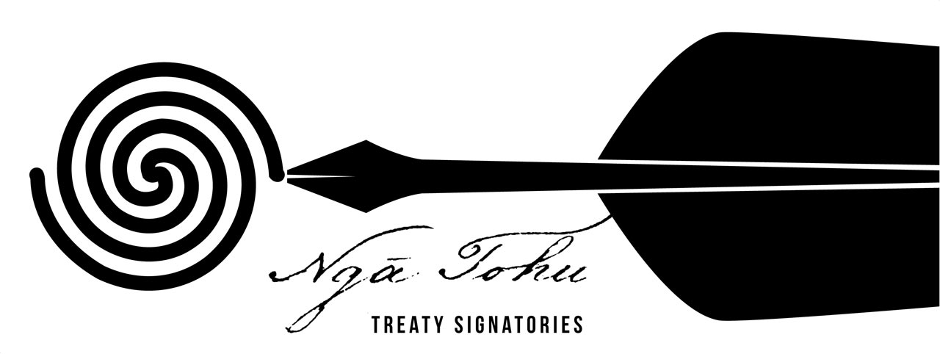Signing
| Signature | Sheet | Signed as | Probable name | Tribe | Hapū | Signing Occasion |
|---|---|---|---|---|---|---|
| 119 | Sheet 8 — The Cook Strait (Henry Williams) Sheet | Te Mawae | Te Māwae | Te Āti Haunui-a-Pāpārangi | Ngāti Ruaka | Whanganui 23 May 1840 |
Te Māwae signed the Cook Strait (Henry Williams) sheet of the Treaty of Waitangi on 23 May 1840 at Whanganui. He was a Ngāti Ruaka and Te Āti Haunui-a-Pāpārangi rangatira (chief). His older brother was Hōrī Kīngi Te Ānaua. Their parents were Titia and Raikaranaki. His first wife was Ripika, who was baptised as Mary in 1863. Two of his wives, Tarahiki and Papa, became ill in the late 1840s; one died in 1849, while the other was baptised as Dorothy in 1863. Māwae and Ripika had a daughter, Ripeka, who married Wiremu te Tauri of Taupo, and a son, Hōrī Kīngi, who died in 1849 at the age of four. They also adopted a son of Hōrī Kīngi Te Ānaua. Māwae also married Tarete Hipango, the sister of Hoani Wiremu Hipango, in 1850. Hipango was the uncle of Te Keepa Te Rangihiwinui, who was also known as Major Kemp.
Māwae and his brother fought against Ngāpuhi in 1819 or 1820, when Tuwhare, Patuone and Nene travelled to Whanganui, armed with muskets. Two of his brothers were killed by the Āmiowhenua northern taua (war party) which attacked Whanganui in 1821–22.
In 1845, a Ngāti Tūwharetoa taua under Mananui Te Heuheu Tūkino II came to Whanganui to attack the Kai iwi (tribe). Māwae drew a line as a boundary and let them take what they wanted outisde it, including a potato crop. This was due to a Christian rule, which he followed, to feed his enemies. In 1846, Whanganui was attacked by an 80-man taua led by the up-river rangatira Mamaku. Ngāti Ruaka mounted a successful defence before putting on a public dinner for their enemy, at which Mamaku said he would return with a larger force. Māwae wrote to Governor Grey to ask for military support, which soon arrived under Captain Laye.
Māwae signed the sale document for the Whanganui Block in 1844. In 1847 he held a meeting with Governor Grey as he was becoming impatient over the sale of the Whanganui Block, which was held up because discussions with people at Whangaehu had not yet begun. In the end 207 people signed the document and were given 100 bags containing £10 in silver, £1000 in total. Māwae spoke at this signing meeting of his wish to have a Pākehā settlement nearby and how good behaviour toward them was necessary.
Māwae saved the life of Hori in 1854, as he had been found guilty of murder and all of Ngāti Ruaka except Māwae agreed to hand him over to Pākehā justice.
At the Kohimarama conferences in 1860, Māwae made speeches about how he would protect the Pākehā in Whanganui from Waikato. At another conference his brother was given a staff with the Royal Arms and his name engraved on it, along with three more to pass on to Māwae, Pehi Turoa and Āperahama Tipae for their services to the government. He fought for the Crown at Weraroa and Moutoa.
Māwae was baptised in 1863, and took the name of his brother, Hōrī Kīngi Te Ānaua. He died in 1882 at the age of 85, and was buried at Pūtiki.


Community contributions